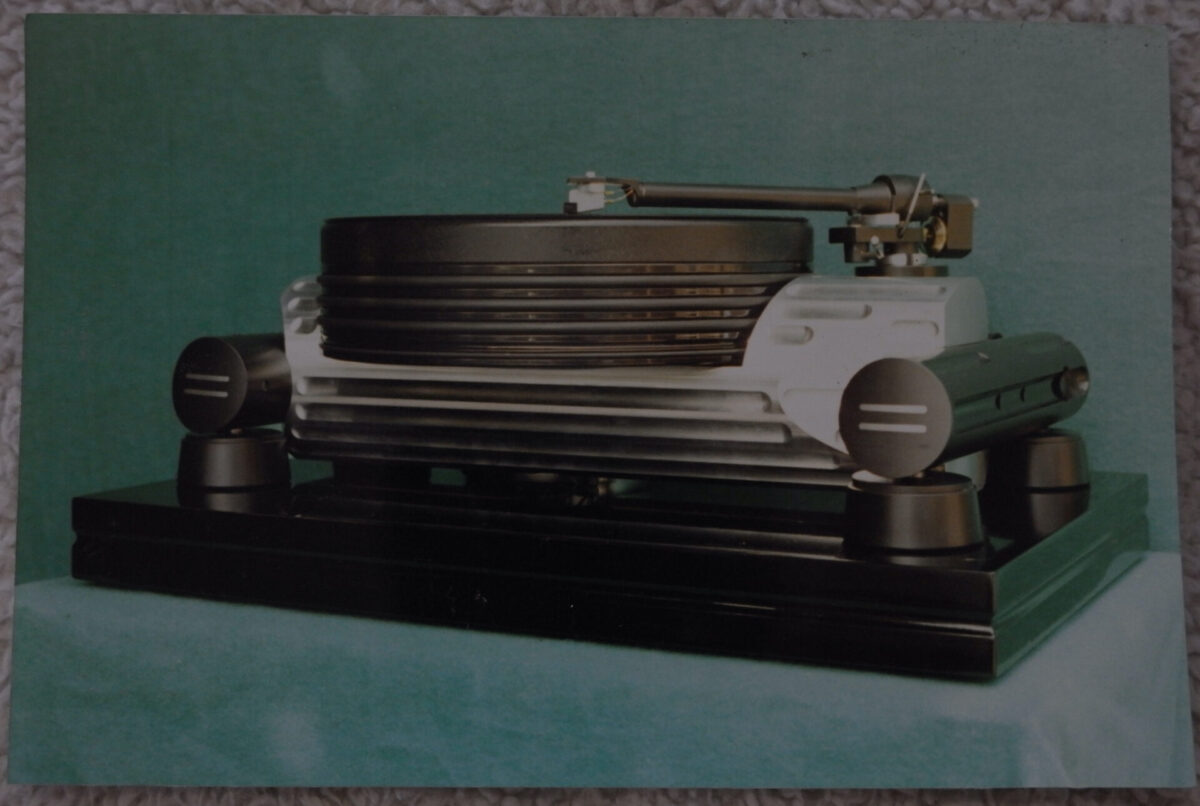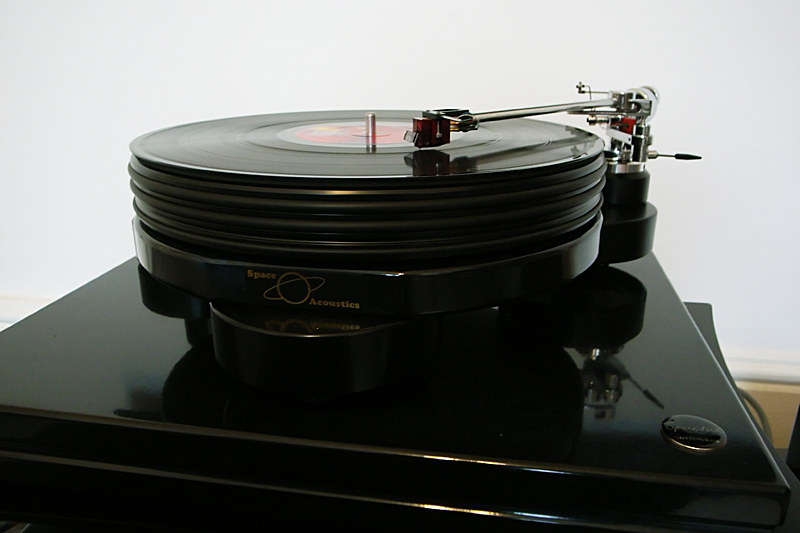MUTTY1
Waste of bandwidth
I’ve had a Spacedeck for 27 years now. I’ve no desire to change but wondered if there are well-established modifications I’ve missed. Currently it sits on a thick glass platter supported by three spikes which themselves are seated in a one and a half inch wooden shelf. The whole show is positively fixed on three sides to block work so should be pretty dead acoustically.
Sadly I missed the early Townsend Isolation support for sale on here earlier today. I also still use the original mat; a foam thing that is pretty irritating if a record has any static.
Tried and tested please, no-one dislikes throwing money at someone else’s fantasies than yours truly
Sadly I missed the early Townsend Isolation support for sale on here earlier today. I also still use the original mat; a foam thing that is pretty irritating if a record has any static.
Tried and tested please, no-one dislikes throwing money at someone else’s fantasies than yours truly



